The views expressed here are solely those of the author and do not necessarily represent the views of FreightWaves or its affiliates.
The physical basics of a railway route company come down to:
- The track/right-of-way structure
- The rolling stock train set equipment
- The route you are connecting (origin and destination).
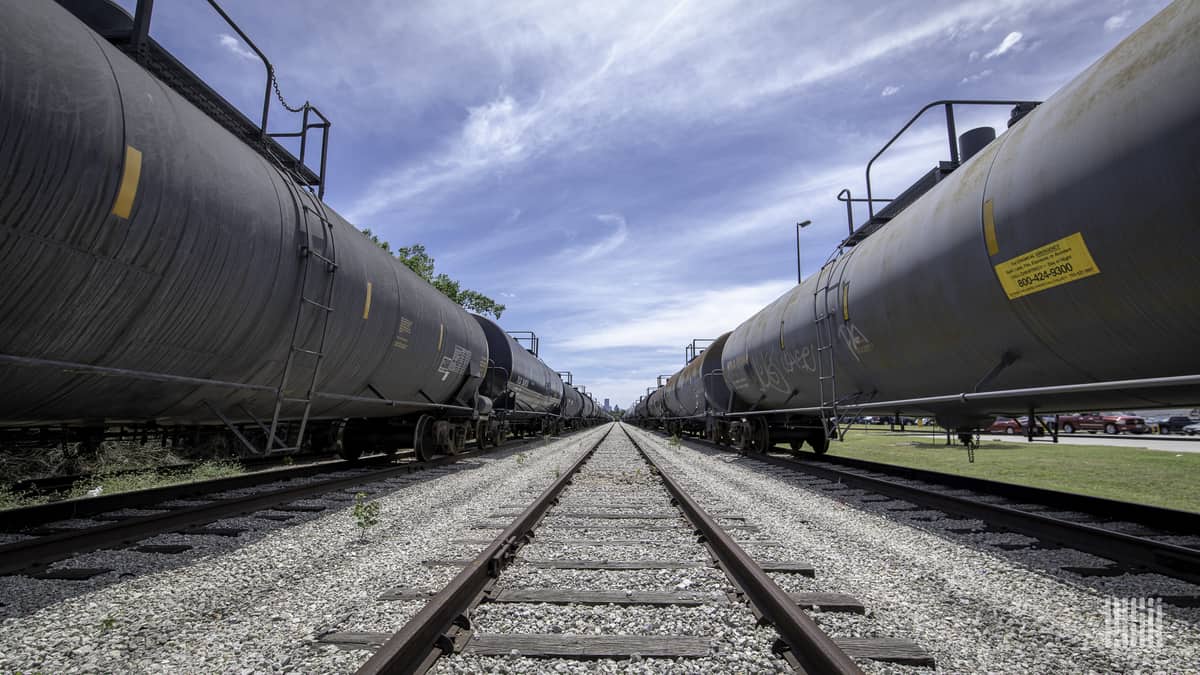
(Photo: Jim Allen/FreightWaves)
This is what is required in regard to the engineering fundamentals for the railway’s infrastructure:
- Land for the right-of-way
- Track roadbed
- Culverts, bridges and tunnels
- Yards (collection of tracks) for marshalling the train sets
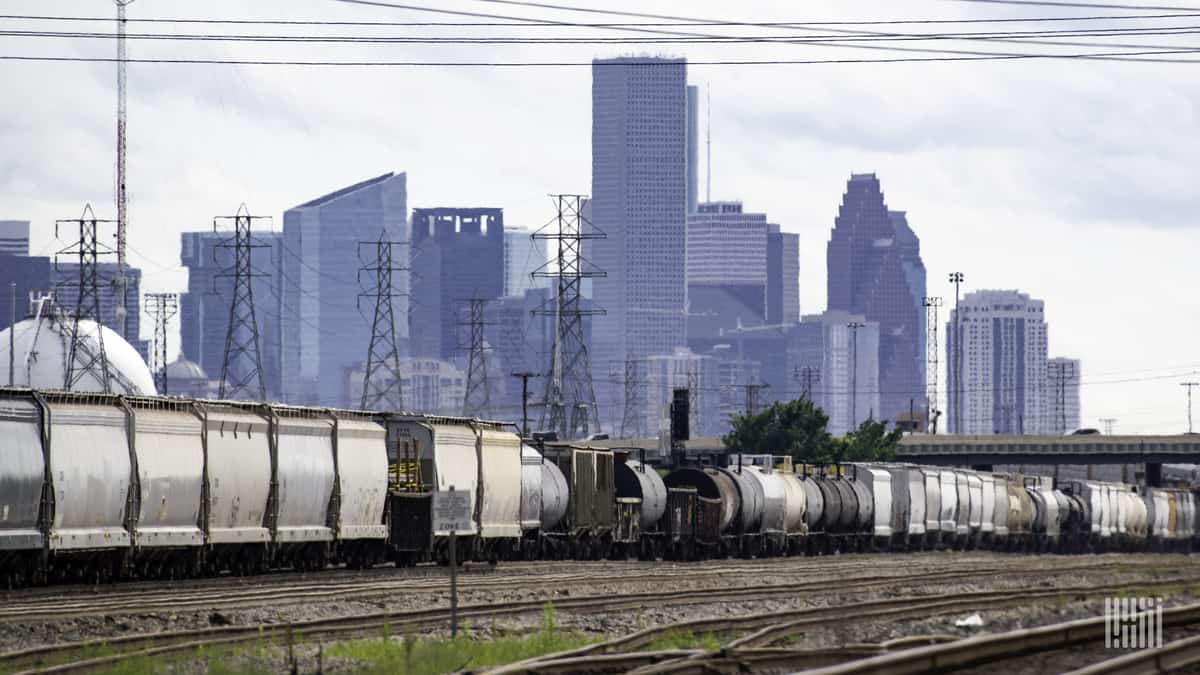
(Photo: Jim Allen/FreightWaves)
You may have heard that a railroad costs about $1 million per mile. That’s wrong. As a business proposition, we can set the costs at an estimated value per mile – but the items are going to vary considerably.
The linear land is one valuation set as principally a real estate number. To that land value we add a construction/grading price.
Railways typically get built to a maximum grade rise per distance. That is usually stated at a rate of rise percentage.
Here are the measurements for the elevation rise that are typically “best rail industry practices.” The specification is stated as a percentage rise in elevation.

The first construction expense will be stated as a grading and leveling cost. For relatively flat land with no soil drainage issues, it is practical to consider $250,000 or more per linear mile as the building budget.

The actual right of way can vary, but generally it is a land trail of 50 to 150 feet width.
Within that linear land path, the width of the train track is set according to how many parallel train movement tracks will be laid down. Using either a single track railroad line as a standard or a double track main line here are the normal minimum rail land widths.

With the right-of-way specification established, the next set of variables are the culverts and bridges for crossing streams and rivers plus the materials used for such crossing structures.
To that is added the geometry construction of the laid track.
Bridge and culvert costs are typically estimated at so much per foot. The actual cost is of course related to the bridge design and the length and circumstances of each bridged area.
The geometry of the rail + ballast + ties + subgrade typically use these measurements for main track versus yard track segments.
The design of these specifications is set at the beginning of the project – or possibly reset if the project is a modernization of an older route. The project accounting treats the work performed as capital expenses to be recorded on the company’s balance sheet.
Over time the inspection and repair programs are set as ongoing maintenance budgets to keep the track at its functional service level. As maintenance, the expense is accounted for as an income statement item and not as capital.
Here as a simple table are some of the geometry standards as a best practice and safety consideration table.
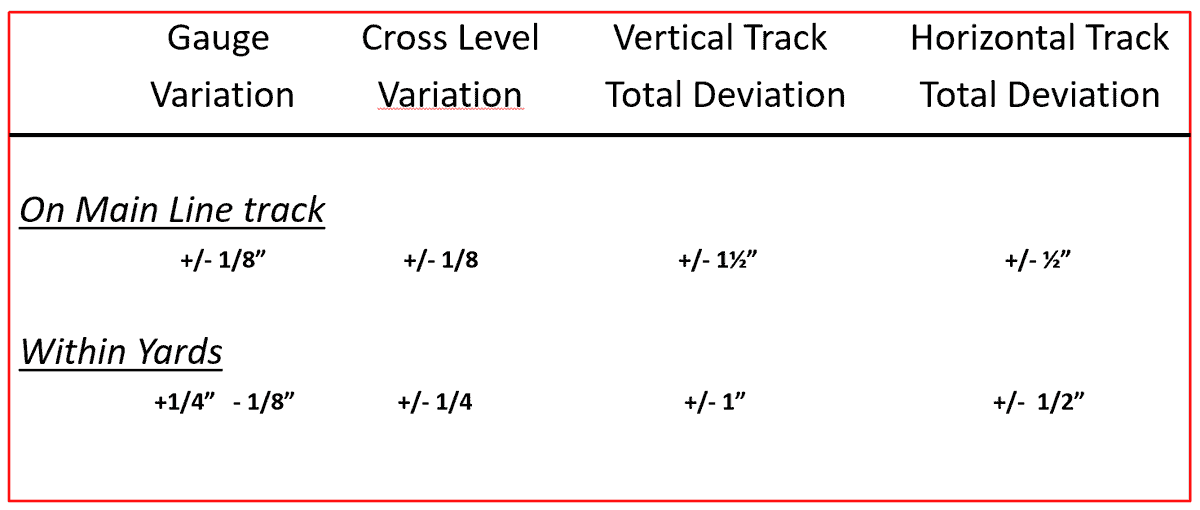
Laying and then later keeping the geometry set to specifications involves keeping the steel rails, the ballast and the ties in place. Often called “the track,” these three components make up the most visible aspect of what most laypersons and even railroaders think about as the railway plant.
Here are the simple metrics of what the rail, ties and ballast should be maintained to as an engineering task.
The foundation that holds the steel rails up and bears the load of a train’s vertical weight is the soil and the rock ballast.
Ties (called “sleepers” across most of the world) look like they bear the load under the steel rails. But here is a secret.
It is the ballast that is the critical component. What? Those stones? Yep. The rock ballast – when deep and wide – distributes a train’s vertical and lateral forces load.
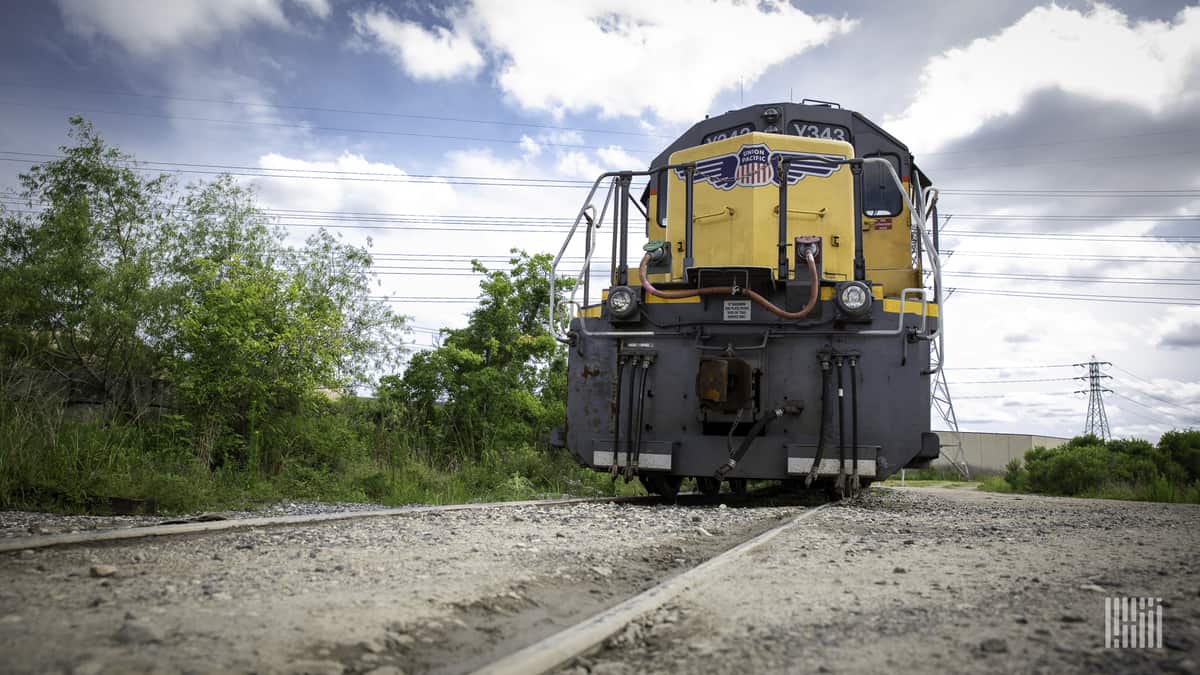
(Photo: Jim Allen/FreightWaves)
The cheapest thing one can do to preserve the strength of the track is to generously use stone ballast. It is relatively cheap.
Beyond distributing the train weight, ballast drains the next most serious destructive force – WATER.
So how much ballast should we deploy? The rule of thumb is about a one-foot depth (30.48 centimeters).
Here is a simple best practice cheat sheet for rail freight ballast.
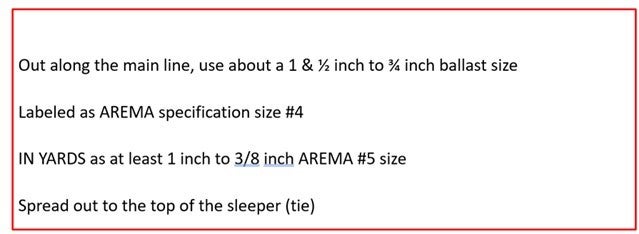
Here is the best practice check list for railway freight ties.
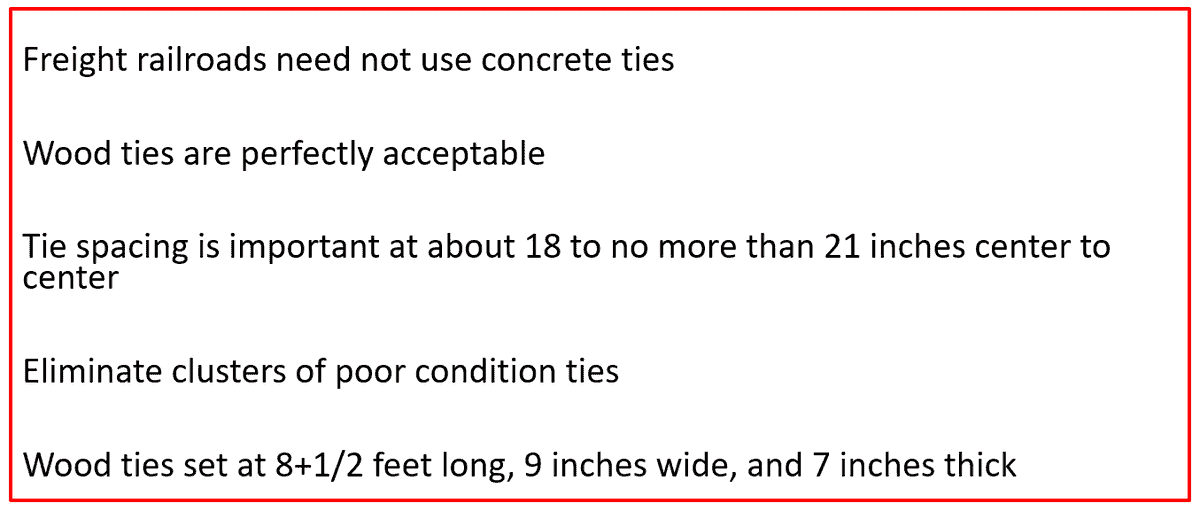
And as for the steel rail, here are reasonable design specifications when moving freight trains.
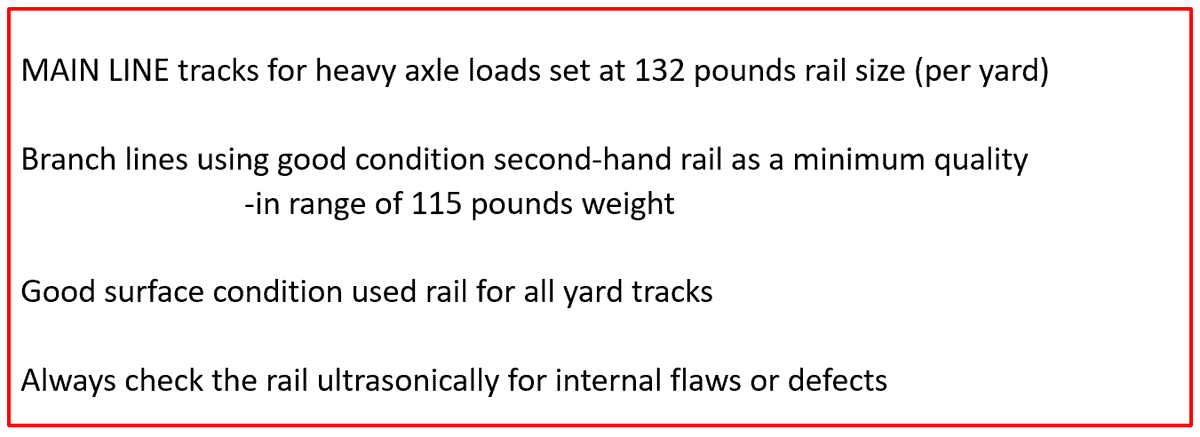
If you are a business user of rail or even a railroad investor, this is a reminder of the engineering side of the business. It is a brief description of the materials and the functional strength of these essential materials.
If you own rail track or rail yards, here is the kind of inspection notes you want to be alert about. As a general rule:
- Watch for clusters of failed ties or ties in poor condition.
- Correct conditions where there is very little track ballast.
- Watch for signs of broken bolts, cracked joint bars, etc.
- Watch for steel rails worn to a point where ~30% of the total railhead has worn off:
- rail should be replaced at ~3/4 inch of wear for 130-pound size rail
- rail should be replaced at ~1/2 inch of wear on 100# rail
A few words about the capital dollars risks
What do design specifications amount to as a capital investment? They are budget indicators.
Here is a broad rule of thumb when trying to estimate what a railway line’s new construction might cost.
Ignoring the land cost, the basic rails + ties + ballast + sub-compaction and grading might as a capital budget expense come to between $3.5 million and $4.5 million for each route mile when built as a single-track main line.
If you build a parallel second main track, then consider adding another $1 million to $1.5 million per mile to the budget plan.
Are you building this track in an urban area? Prudently add another $2 to $4 million a mile to the capital construction budget. Add more if the terrain requires tunnels and bridges. Add even more if utilities or structures need to be relocated.
Rebuilding (upgrading) an older line will cost less. Selectively replacing the ties and ballast might result in a capital renewal budget in the range of $150,000 per mile for partial safety-related material replacement.
An extensive rebuilding with rail replacement will likely require $400,000 or more per mile expense plan.
Here are a few concluding remarks.
The purpose here was to illustrate the variance of prices and quality of various railroad track rebuilding projects.
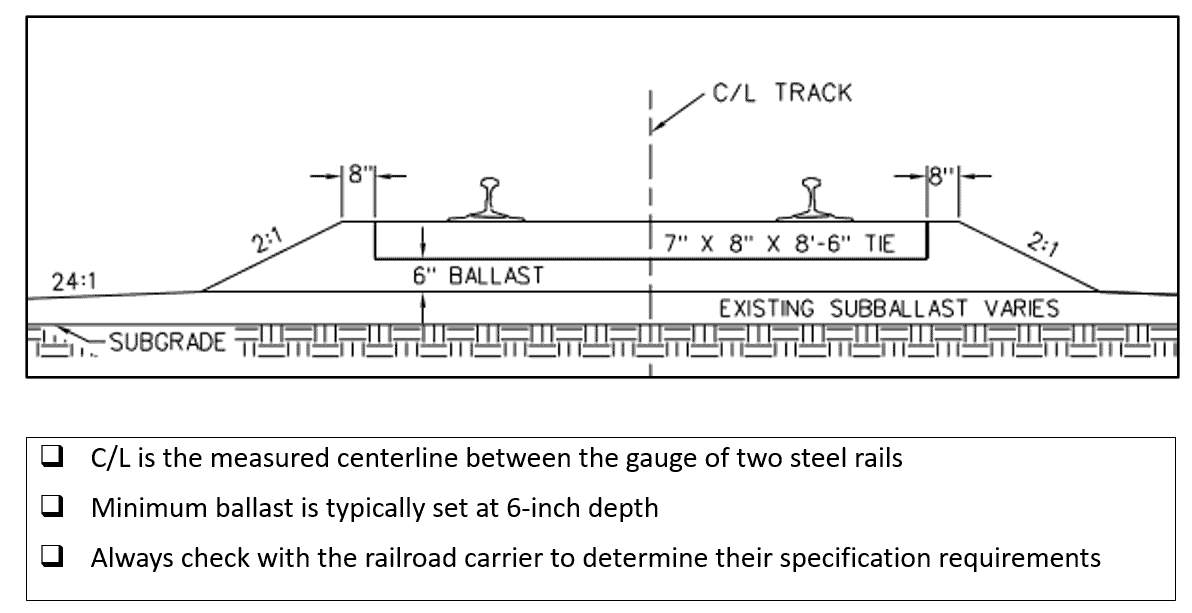
This brief commentary is intended to give a sense of the physical scale needed to offer a basic freight service – and occasionally get it repaired.
Even the periodic yard track projects can add up fast if there is a great deal of old and out-of-gauge or out-of-surface track.
The cost to install even a single railroad tie with a new one adds up if you have to replace nearly one-third of them every mile. The cost is high because each tie with fasteners plus the transport and the labor and machinery costs involved might be in the $90 or higher range per placement.
Acknowledgements
- Harsco Rail’s Donald Holfeld for his practical rail engineering training lesson materials.
- Ports of Los Angeles and Long Beach for access to their track construction standards.
- Union Pacific and BNSF for their open internet access to Industry Track Standards materials.
Photos from Jim Blaze’s private collection:
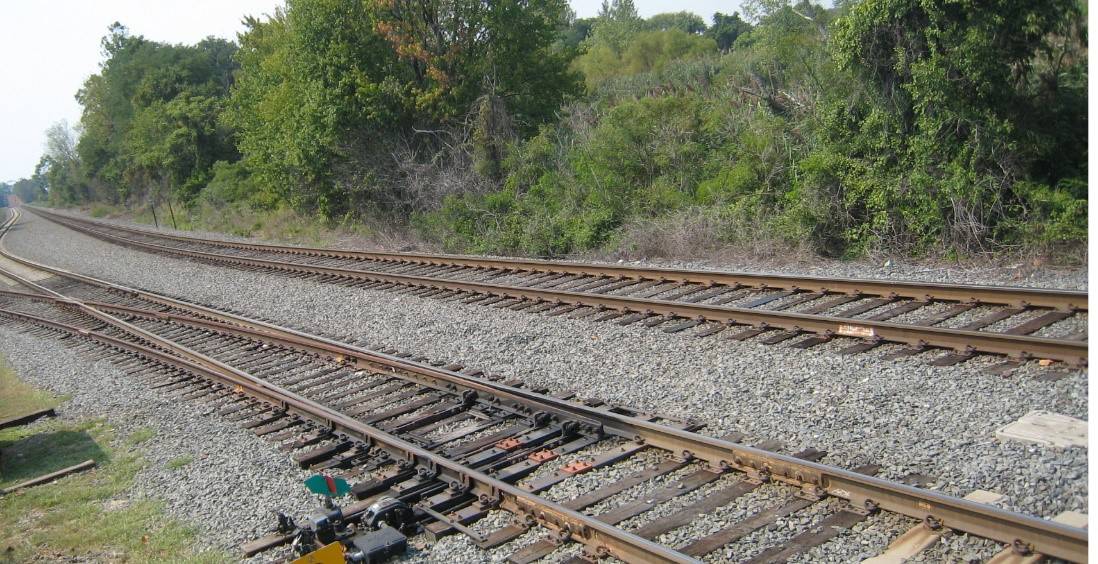
(Photo: Jim Blaze)
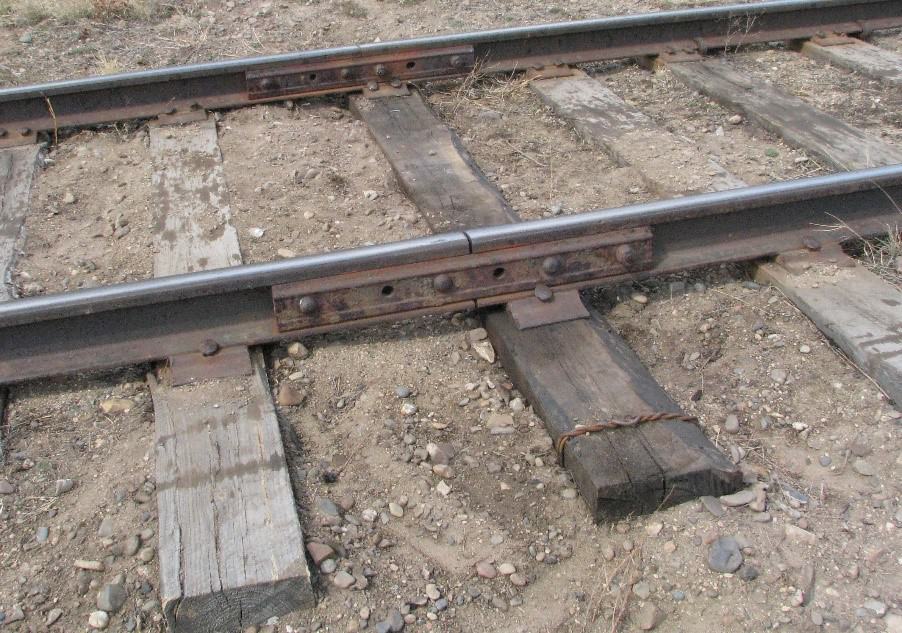
(Photo: Jim Blaze)
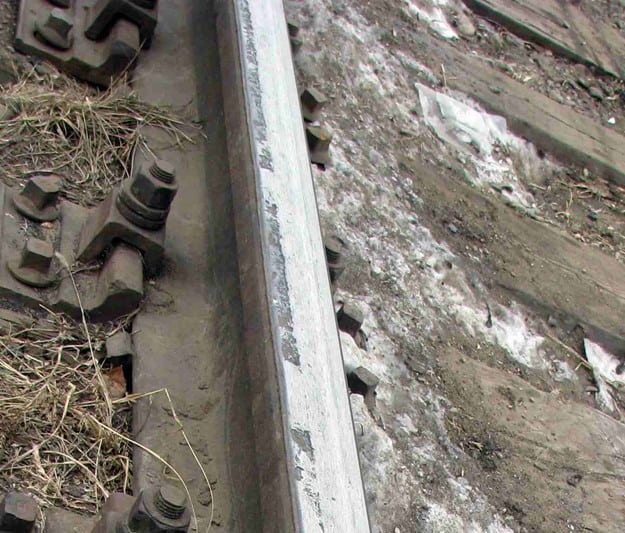
(Photo: Jim Allen)







